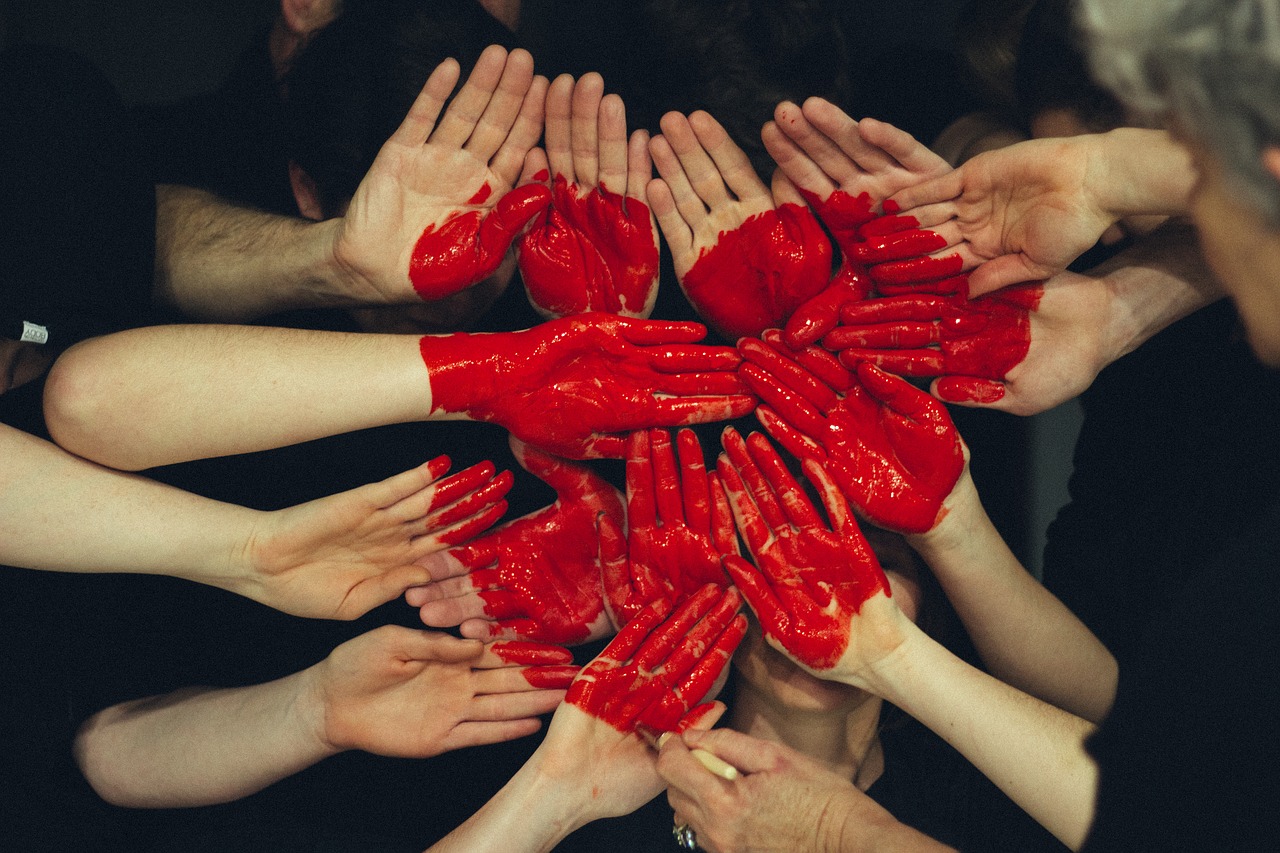 DailySocial readers are mostly early-adopters, using the latest technology and keeping up with the current trends. We don’t really watch TV, haven’t subscribed any newspaper in ages and read books in our Kindle Fire [or iPad -Ed].
DailySocial readers are mostly early-adopters, using the latest technology and keeping up with the current trends. We don’t really watch TV, haven’t subscribed any newspaper in ages and read books in our Kindle Fire [or iPad -Ed].
So it’s pretty common for us to think differently because the way we consume media is different from most people. We often forget that our target market may not share the same behavior, at least in Indonesia.
Jawa Pos, one of the biggest newspapers in Indonesia is still going strong by circulating about 400,000 copies daily. It posted a study of media preferences by age groups in 2009 on its website claiming that about 47.7% of people in Jakarta and 75.6% in Surabaya still read newspapers. TV is still number one of course with 88.7% in Jakarta and 86.5% in Surabaya.
When I personally asked Azrul Ananda (the President Director of Jawa Pos), whether they will go all out with digital, he responded by saying that the market cap for digital distribution is still too insignificant for them to make a bold move. There’s just too much effort in going digital that it’s not worth it.
The data above showed a very contrasting view compared to the behavior in the US. According to The Guardian, teenagers don’t read newspaper anymore aside from tabloids and free magazines. They don’t want to pay for things that they can get for free on the internet. Though there’s no real numbers that I can find to do a head-to-head comparison.
The push for digital in the US is so heavy that it forces traditional newspapers to either go digital or go bankrupt. But then again the push for digital posed more problems than solutions for the business owners as they’re still finding it hard to find a profitable business model. For every $1 gained in digital, $7 are lost in print revenue.
As quoted from New York Times:
“Some of those we talked to seem frustrated and even uncertain about how to proceed”
This grim reality didn’t stop Rupert Murdoch from making The Daily, the digitally-exclusive newspaper with a subscription business model. You pay $0.99 weekly or $39.99 per year. Averaging about 120,000 readers per week (mostly non-paying readers), they still lost $10 million in their first quarter. They would need at least 500,000 weekly PAYING subscribers to break even. Of course $10 million is insignificant compared with News Corp’s $8 billion quarterly revenue.
Going back to Indonesia, I’m seeing Kompas Group going all out with the digital distribution releasing the Kompas.com for the iPad, Android, even Windows Phone and Blackberry Playbook. It released a wide range of apps like Kompas Editor’s Choice, Gramedia.com for iPad, Gramedia Majalah and more. Though my guess is that the profit from digital is still insignificant.
Scoop and Wayang Force are leading the digital move as a digital Newstand-equivalent for the iPad in Indonesia. Wayang Force is also available as an Android app. Scoop is looking like it is doing fine seeing as it’s a regular in the iPad list of top grossing apps in Indonesia. Both declined to comment on how they’re holding up in real numbers.
I admire Kompas’s, Scoop’s, and Wayang Force’s early moves on the digital industry but the digital newspaper is still very new. The business model is still unproven and I think Jawa Pos’s move on taking a step back and watch is wise. Will digital distribution be bigger than traditional distribution? I say give it 5-10 years from now and it will be.
 Aria Rajasa is the CEO of gantibaju.com, a clothing startup not dissimilar to Threadless but with a touch of Indonesia and a very strong design community. His passion in entrepreneurship has gotten him to start a number of companies since leaving university.
Aria Rajasa is the CEO of gantibaju.com, a clothing startup not dissimilar to Threadless but with a touch of Indonesia and a very strong design community. His passion in entrepreneurship has gotten him to start a number of companies since leaving university.











interesting that you missed Detik’s (relatively) new Harian Detik http://hariandetik.com/
not worth a look? 😛
What do you mean with “The business model is still unproven”?
Although I’m not a fan of detik, it’s honestly off my radar. Will take a look
It was meant as it is, the effort it took to go digital (from conventional distribution) cost more than the actual revenue it can generate.
This may not apply to the ones that go digital from the start, but The Daily is still losing money despite the publication and capital.